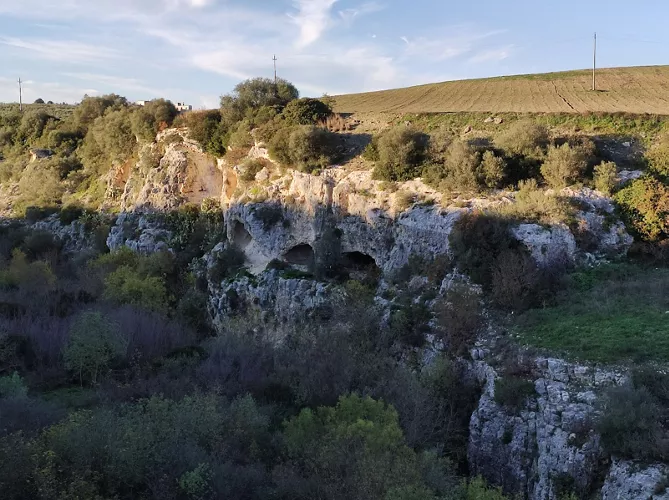This content was automatically translated. View the original text.

Overview
The Sistine Chapel of Rupestrian Art
Discovered in May 1963, the Crypt of Original Sin is a rock church founded by the Benedictines that dates back to the Lombard period, dug into the walls of the rocky ravine known as the Gravina di Picciano in Matera. After a long period of neglect, it is difficult to define its original structure: it appears to have a single room decorated with frescoes dated between the 8th and 9th centuries, by an artist known as the “Painter of Flowers of Matera”.
This Benedictine-Beneventan art, which has contributed to its fame as the “Sistine Chapel of Rupestrian Art”, covers the left wall in three niches, where the triarchies of the Apostles, the Virgin Queen and the Archangels are depicted. The back wall displays a large pictorial cycle depicting moments from the story of creation and original sin.
Paintings of flowers complete the cycle, while other frescoes are difficult to interpret due to their poor state of preservation. All the depictions are described by an inscription in Latin.
You can visit from Tuesday to Sunday, by appointment only.